Why Your Solar Light Stays Off in Daylight
A Common Solar Puzzle
You’ve got a solar light set up in your yard, basking in sunlight, but it’s not charging or glowing. It’s frustrating—shouldn’t it be working with all that sunshine? Let’s dig into why this happens and how to fix it. Most issues come down to design quirks or simple maintenance, not a broken light.
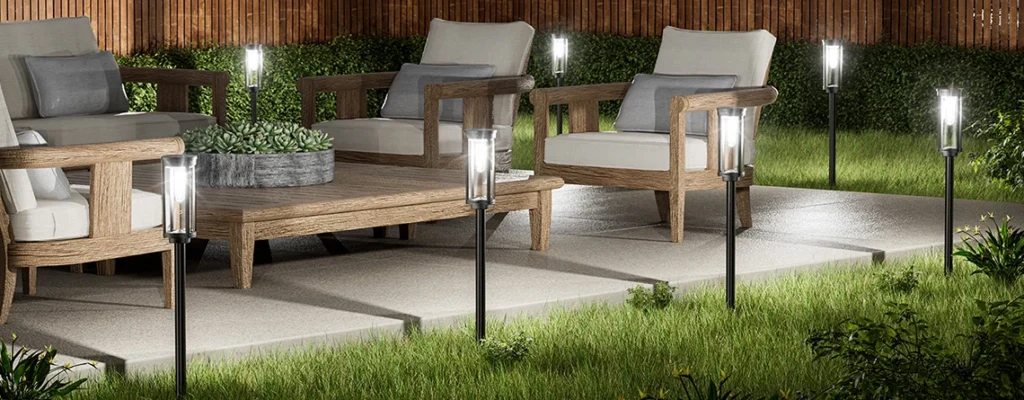
Light Sensors Doing Their Job
Many solar lights have built-in light sensors that control when they turn on. These sensors can cause confusion:
- How they work: A light-sensitive chip detects ambient light. If it’s too bright—like during the day—the light stays off to save energy.
- Why it seems broken: Even with sunlight hitting the panel, the sensor might decide it’s not time to shine.
- What to check: Ensure the light isn’t in a spot where artificial light (like a porch lamp) tricks the sensor into thinking it’s still daytime.
This is often normal behavior, not a fault in the solar light.
Dirty or Blocked Panels
The solar panel is the heart of your solar light, but it’s not immune to the elements. Here’s what can go wrong:
- Dust and debris: Dirt, pollen, or bird droppings can coat the panel, cutting its ability to absorb sunlight.
- Shade or obstructions: Nearby trees, leaves, or even a new structure might cast shadows, reducing charging efficiency.
- Impact: A dirty panel might only charge at 50% capacity, leaving the battery too weak to power the light.
Regularly wiping the panel with a damp cloth can restore its performance.
Worn-Out Batteries
Batteries in solar lights don’t last forever. Here’s why they might be the culprit:
- Lifespan: Most rechargeable batteries (like NiMH or lithium-ion) start losing capacity after 8–12 months of daily use.
- Symptoms: The light might not charge fully, dims quickly, or doesn’t turn on at all.
- Fix: Check the battery type (usually AA or AAA) and replace it with a new one of the same specs.
If your light’s been in use for over a year, a fresh battery often solves the problem.
Faulty Wiring or Connections
Outdoor solar lights face rain, humidity, and temperature swings, which can mess with their wiring:
-2-1024x400.webp)
- Common issues: Water seeping into the waterproof casing or loose solder joints can disrupt the connection between the panel and battery.
- Signs: The light doesn’t charge, or it flickers inconsistently.
- What to do: Inspect the wiring for corrosion or loose connections. If the light has a removable battery, try reseating it.
Moisture-related issues are common, so ensure the light’s seals are intact.
Overlooked Settings or Modes
Some solar lights come with modes that aren’t immediately obvious:
- Test mode: Designed for checking the light during setup, it might keep the light off during the day.
- Energy-saving mode: Reduces brightness or charging to extend battery life, which can make the light seem unresponsive.
- Manual switch: Many lights have an on/off switch that’s easy to miss, especially if tucked away.
Check the manual (or online specs) to confirm the light’s settings and toggle them if needed.
Quick Fixes to Get Your Light Working
Most “daylight off” issues with solar lights can be resolved with simple steps:
- Clean the panel: Use a soft cloth and water to remove dirt or debris. Avoid abrasive cleaners.
- Check for shade: Move the light to a spot with direct sunlight for at least 6–8 hours daily.
- Replace the battery: Swap in a new battery if the light’s been used for a year or more.
- Reset the system: Turn the light off, remove and reinsert the battery, then turn it back on to reset.
- Inspect settings: Switch off test or eco modes and ensure the light is set to “auto.”
These steps usually get your solar light back to normal without needing a replacement.
It’s Probably Not Broken
In most cases, your solar light isn’t lighting up during the day because of its light sensor doing its job or minor maintenance issues. Sensors keep the light off in bright conditions, while dust, shade, or old batteries can weaken charging. By cleaning the panel, checking settings, or replacing the battery, you can often fix the problem in minutes. If these don’t work, inspect the wiring or consider contacting the manufacturer. With a bit of care, your solar light should be glowing again, saving energy and lighting up your nights.

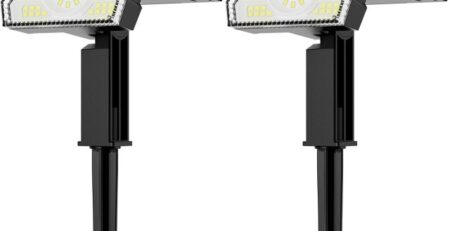
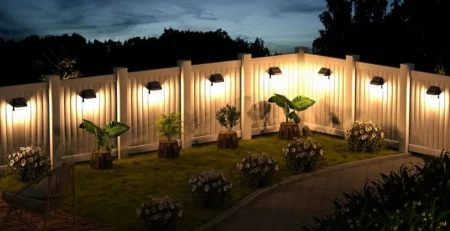
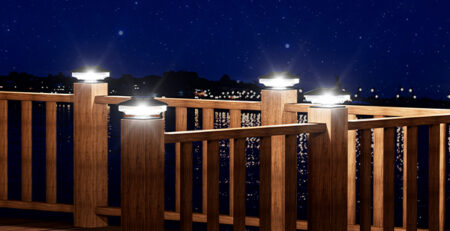
-3-450x231.webp)
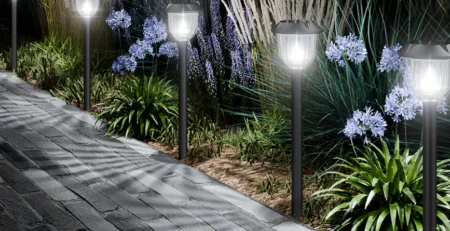
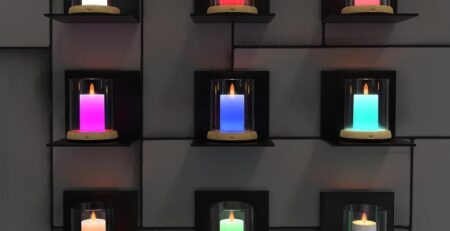
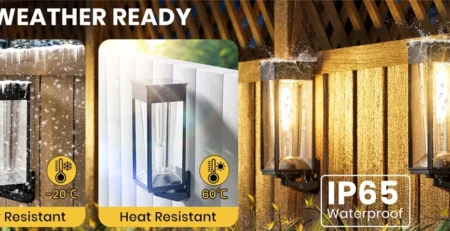
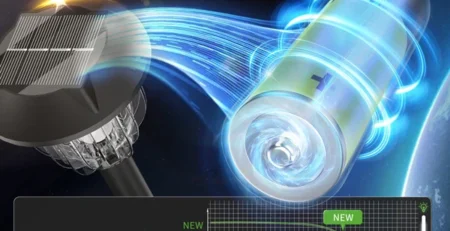
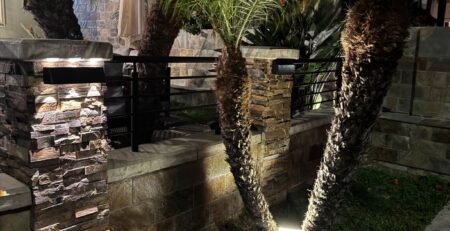

Leave a Reply